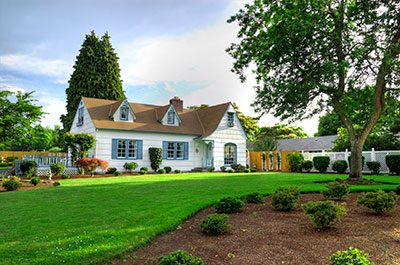
Fire-wise landscaping tips

Making a Case for a Fire-Wise Landscape
You’ve heard all about the record dry weather across the country, and you’ve probably heard about the increased threat of wildfires, too. But, have you considered the fire risk of your own landscaping here in Washington State?
While there’s no such thing as a “fire-proof” plant, you can make your property safer while still maintaining its appeal. Here’s how:
· Within 30 feet of your home, less is more.
In the event of a fire, firefighters need room to work, so space plants widely, and choose low-growing ones. Keep your grass mowed low, and don’t use mulches that burn easily, such as pine bark.
· Be choosey about your plants.
According to the California Department of Fire and Forestry Protection, plants that contain a lot of moisture and aren’t resinous are good choices for a fire-wise landscape. As a bonus, many of these will also be drought-resistant. Although the options in your area may vary, here are some general recommendations:
o Plants: Rockrose, aloe and iceplant
o Shrubs: Sumac, cotoneaster, currant, hedging roses and bush honeysuckles
o Trees: Hardwoods, such as maple, poplar and cherry
· Not everything has to be natural.
Gravel and rock features, such as stone pathways, can help slow fires. And, colorful garden art and containers can help you add visual appeal.
· Plant at the right time.
This varies depending on your region, but typically you want to avoid extreme temperatures on either end of the thermometer. Your local county extension service or nursery can help with options that work well in your area.
Remember, how and where you plant is more important than what you plant. So, try to imagine a fire on your property (we know it’s a rather unpleasant thought). Is there natural fuel that would make it worse? Could it easily spread from the ground to your trees to your roof?
If you’re unsure or if the answers indicate your property has a high fire risk, consider making some changes.
Of course, we’re here to keep your homeowners insurance up to date in case anything were to happen. Please call us any time to check on your coverage. We’re here for you.
Source: Safeco Insurance
Categories: Blog
